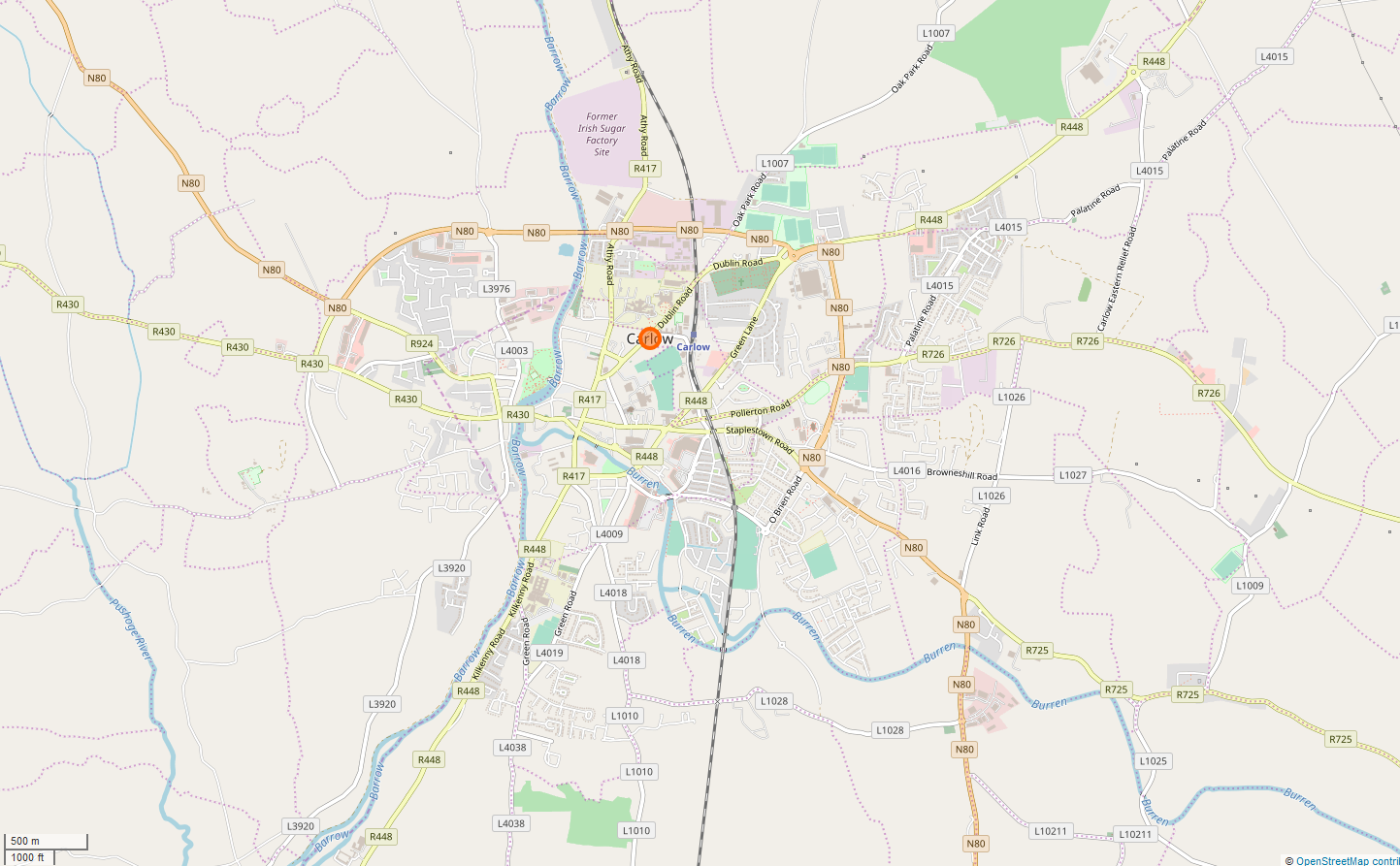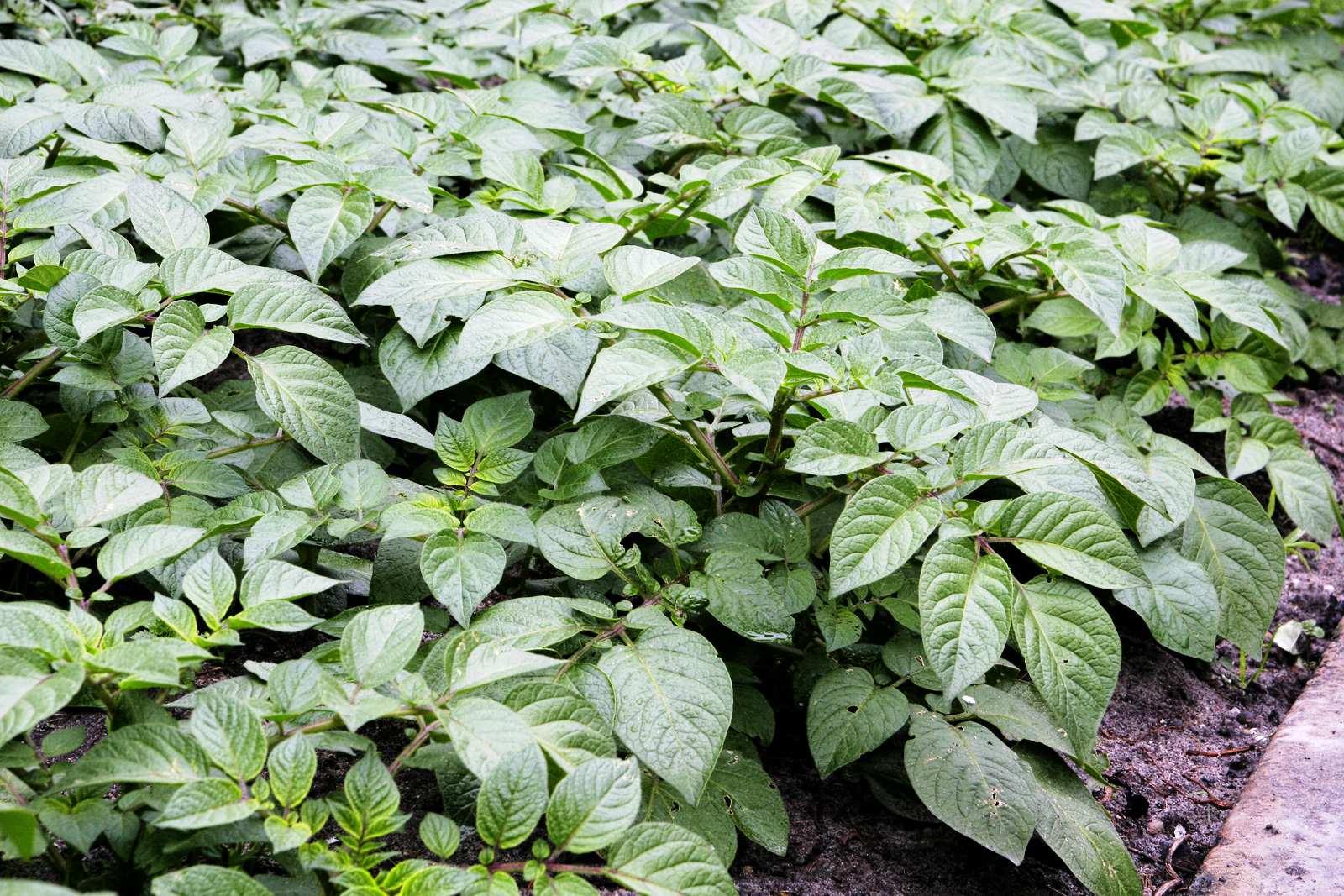|
Rooster Potato
Rooster is a red-skinned, yellow-fleshed cultivar of potato, duller in colour than the ' Désirée', with floury yellow flesh. It is uniformly roundish in shape with shallow eyes making it easy to peel. It is a general-purpose potato. It can be boiled, mashed, chipped, roasted, steamed and baked. It was originally bred in 1990 at the Teagasc Oak Park Research Centre in Carlow, Ireland by Harry Kehoe. In 2004, 'Rooster' potatoes accounted for 38% of the total potato production in the Republic of Ireland Ireland ( ga, Éire ), also known as the Republic of Ireland (), is a country in north-western Europe consisting of 26 of the 32 Counties of Ireland, counties of the island of Ireland. The capital and largest city is Dublin, on the eastern .... References Potato cultivars {{potato-stub ... [...More Info...] [...Related Items...] OR: [Wikipedia] [Google] [Baidu] |
Potato
The potato is a starchy food, a tuber of the plant ''Solanum tuberosum'' and is a root vegetable native to the Americas. The plant is a perennial in the nightshade family Solanaceae. Wild potato species can be found from the southern United States to southern Chile. The potato was originally believed to have been domesticated by Native Americans independently in multiple locations,University of Wisconsin-Madison, ''Finding rewrites the evolutionary history of the origin of potatoes'' (2005/ref> but later genetic studies traced a single origin, in the area of present-day southern Peru and extreme northwestern Bolivia. Potatoes were domesticated there approximately 7,000–10,000 years ago, from a species in the ''Solanum brevicaule'' complex. Lay summary: In the Andes region of South America, where the species is indigenous, some close relatives of the potato are cultivated. Potatoes were introduced to Europe from the Americas by the Spanish in the second half of the 16 ... [...More Info...] [...Related Items...] OR: [Wikipedia] [Google] [Baidu] |
Solanum
''Solanum'' is a large and diverse genus of flowering plants, which include three food crops of high economic importance: the potato, the tomato and the eggplant (aubergine, brinjal). It is the largest genus in the nightshade family Solanaceae, comprising around 1,500 species. It also contains the so-called horse nettles (unrelated to the genus of true nettles, ''Urtica''), as well as numerous plants cultivated for their ornamental flowers and fruit. ''Solanum'' species show a wide range of growth habits, such as annuals and perennials, vines, subshrubs, shrubs, and small trees. Many formerly independent genera like '' Lycopersicon'' (the tomatoes) and ''Cyphomandra'' are now included in ''Solanum'' as subgenera or sections. Thus, the genus today contains roughly 1,500–2,000 species. Name The generic name was first used by Pliny the Elder (AD 23–79) for a plant also known as , most likely ''S. nigrum''. Its derivation is uncertain, possibly stemming from the Latin word ... [...More Info...] [...Related Items...] OR: [Wikipedia] [Google] [Baidu] |
Carlow
Carlow ( ; ) is the county town of County Carlow, in the south-east of Ireland, from Dublin. At the 2016 census, it had a combined urban and rural population of 24,272. The River Barrow flows through the town and forms the historic boundary between counties Laois and Carlow. However, the Local Government (Ireland) Act 1898 included the town entirely in County Carlow. The settlement of Carlow is thousands of years old and pre-dates written Irish history. The town has played a major role in Irish history, serving as the capital of the country in the 14th century. Etymology The name is an anglicisation of the Irish ''Ceatharlach''. Historically, it was anglicised as ''Caherlagh'', ''Caterlagh'' and ''Catherlagh'', which are closer to the Irish spelling. According to logainm.ie, the first part of the name derives from the Old Irish word ''cethrae'' ("animals, cattle, herds, flocks"), which is related to ''ceathar'' ("four") and therefore signified "four-legged". The second p ... [...More Info...] [...Related Items...] OR: [Wikipedia] [Google] [Baidu] |
Cultivar
A cultivar is a type of cultivated plant that people have selected for desired traits and when propagated retain those traits. Methods used to propagate cultivars include: division, root and stem cuttings, offsets, grafting, tissue culture, or carefully controlled seed production. Most cultivars arise from purposeful human manipulation, but some originate from wild plants that have distinctive characteristics. Cultivar names are chosen according to rules of the International Code of Nomenclature for Cultivated Plants (ICNCP), and not all cultivated plants qualify as cultivars. Horticulturists generally believe the word ''cultivar''''Cultivar'' () has two meanings, as explained in ''Formal definition'': it is a classification category and a taxonomic unit within the category. When referring to a taxon, the word does not apply to an individual plant but to all plants that share the unique characteristics that define the cultivar. was coined as a term meaning "cultivated variety ... [...More Info...] [...Related Items...] OR: [Wikipedia] [Google] [Baidu] |
Potato
The potato is a starchy food, a tuber of the plant ''Solanum tuberosum'' and is a root vegetable native to the Americas. The plant is a perennial in the nightshade family Solanaceae. Wild potato species can be found from the southern United States to southern Chile. The potato was originally believed to have been domesticated by Native Americans independently in multiple locations,University of Wisconsin-Madison, ''Finding rewrites the evolutionary history of the origin of potatoes'' (2005/ref> but later genetic studies traced a single origin, in the area of present-day southern Peru and extreme northwestern Bolivia. Potatoes were domesticated there approximately 7,000–10,000 years ago, from a species in the ''Solanum brevicaule'' complex. Lay summary: In the Andes region of South America, where the species is indigenous, some close relatives of the potato are cultivated. Potatoes were introduced to Europe from the Americas by the Spanish in the second half of the 16 ... [...More Info...] [...Related Items...] OR: [Wikipedia] [Google] [Baidu] |
Désirée Potato
The Désirée potato (sometimes rendered Desirée or Desiree) is a red-skinned ''main-crop'' potato originally bred in the Netherlands in 1962. It has yellow flesh with a distinctive flavour and is a favourite with allotment-holders because of its resistance to drought, and is fairly resistant to disease. It is a versatile, fairly waxy variety which is firm and holds its shape, and is useful for all methods of cooking, from roasting to mashing and salads. It is immune to potato wart and it is resistant to skin spot. It has good resistance to PVY, tuber late blight and blackleg. It also has moderate resistance to PVA, PVX and fusarium dry rot ''Fusarium'' dry rot is one of the most common potato diseases. It is caused by fungi in the genus ''Fusarium''. This fungi causes a variety of colored rots in potatoes. This pathogen, while having both a sexual and asexual form, stays in an asexual .... It is found to be moderately susceptible to leaf late blight and leaf roll, also it ... [...More Info...] [...Related Items...] OR: [Wikipedia] [Google] [Baidu] |
European Cultivated Potato Database
{{Use Canadian English, date=April 2021 The European Cultivated Potato Database (ECPD) is an online collaborative database of potato variety descriptions. The information that it contains can be searched by variety name, or by selecting one or more required characteristics. * 159,848 observations * 29 contributors * 91 characters * 4,119 cultivated varieties * 1,354 breeding lines The data is indexed by variety, character, country of origin, and contributor. There is a facility to select a variety and to find similar varieties based upon botanical characteristics. ECPD is the result of collaboration between participants in eight European Union countries and five East European countries. It is intended to be a source of information on varieties maintained by them. More than twenty-three scientific organisations are contributing to this information source. The database is maintained and updated by the Scottish Agricultural Science Agency within the framework of the European C ... [...More Info...] [...Related Items...] OR: [Wikipedia] [Google] [Baidu] |
Teagasc
Teagasc (, meaning "Instruction") is the semi-state authority in the Republic of Ireland responsible for research and development, training and advisory services in the agri-food sector. The official title of the body is Teagasc - The Agriculture and Food Development Authority. In 1988 Teagasc succeeded An Foras Talúntais/The Agricultural Institute (AFT) which was responsible for agricultural research, and An Chomhairle Oiliúna Talmhaíochta/The Agricultural Training Council (ACOT) which was responsible for education and advisory services. Teagasc Colleges and Research Centres The authority has a number of county advisory centres, colleges and research centres in which it carries out its main business. The Teagasc headquarters are located in the Oak Park Estate in Carlow. Teagasc Agricultural/Horticultural Colleges * Clonakilty Agricultural College *Kildalton Agricultural and Horticultural College * Ballyhaise Agricultural College *College of Amenity Horticulture located at the ... [...More Info...] [...Related Items...] OR: [Wikipedia] [Google] [Baidu] |
Republic Of Ireland
Ireland ( ga, Éire ), also known as the Republic of Ireland (), is a country in north-western Europe consisting of 26 of the 32 counties of the island of Ireland. The capital and largest city is Dublin, on the eastern side of the island. Around 2.1 million of the country's population of 5.13 million people resides in the Greater Dublin Area. The sovereign state shares its only land border with Northern Ireland, which is part of the United Kingdom. It is otherwise surrounded by the Atlantic Ocean, with the Celtic Sea to the south, St George's Channel to the south-east, and the Irish Sea to the east. It is a unitary, parliamentary republic. The legislature, the , consists of a lower house, ; an upper house, ; and an elected President () who serves as the largely ceremonial head of state, but with some important powers and duties. The head of government is the (Prime Minister, literally 'Chief', a title not used in English), who is elected by the Dáil and appointed by ... [...More Info...] [...Related Items...] OR: [Wikipedia] [Google] [Baidu] |



.jpg)
